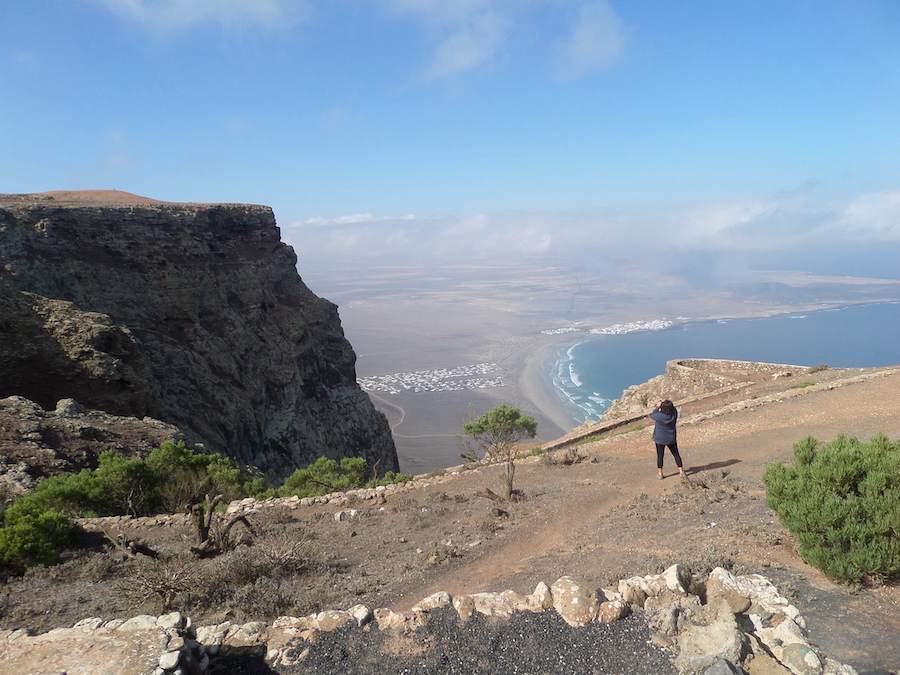The Canary Islands have a lot more to offer the visitor than you might guess from their reputation as a boozy holiday destination. Botanically, the Canary Islands constitute one of the most interesting areas of the world. They are home to a large variety of flowers and more than 650 endemic plant species, 6 endemic birds, 3 near endemics plus dozens of endemic subspecies, a few unique reptiles, and about 15,000 species in total. However, it is not only the species count that makes the islands special, but their huge range of habitats, ranging from costal sand dunes to alpine scrub. From the arid semi desert of Fuerteventura to the lush, subtropical laurel forests of La Gomera and the Blue Chaffinch studded pine forests of Tenerife; each island has its own character and unique set of creatures.
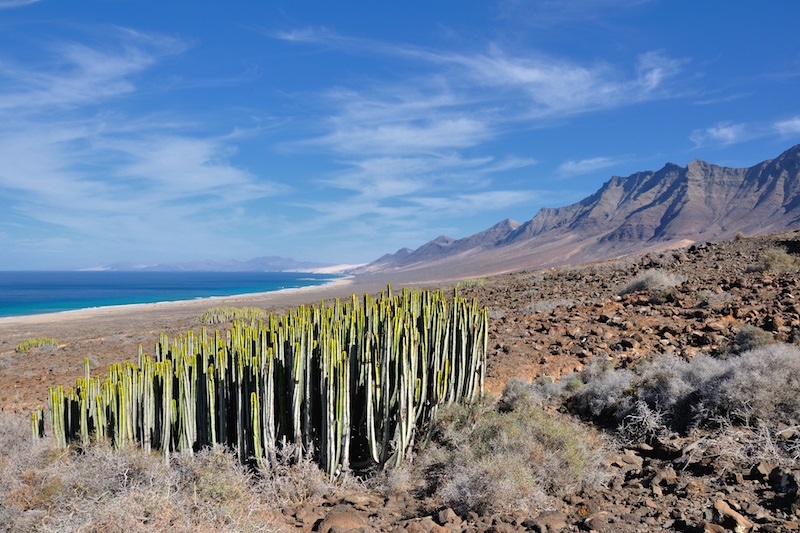
The canaries are also terrific for sealife and cetaceans are commonly seen. The largest congregations of Short-finned Pilot Whales and Bottlenose Dolphins can be seen in the channel between Tenerife and La Gomera.
Add to this mean temperatures ranging between 18 and 26 degrees Celsius, a laid back approach to life and great local cuisine and the growing popularity of rural tourism in the islands becomes obvious. Another advantage is that of accessibility, both via flights from Europe and once on the islands. A thorough, if often windy and sometimes plain hair-raising road system means most habitats and their associated beasties are within easy range of day-trippers and drivers alike.
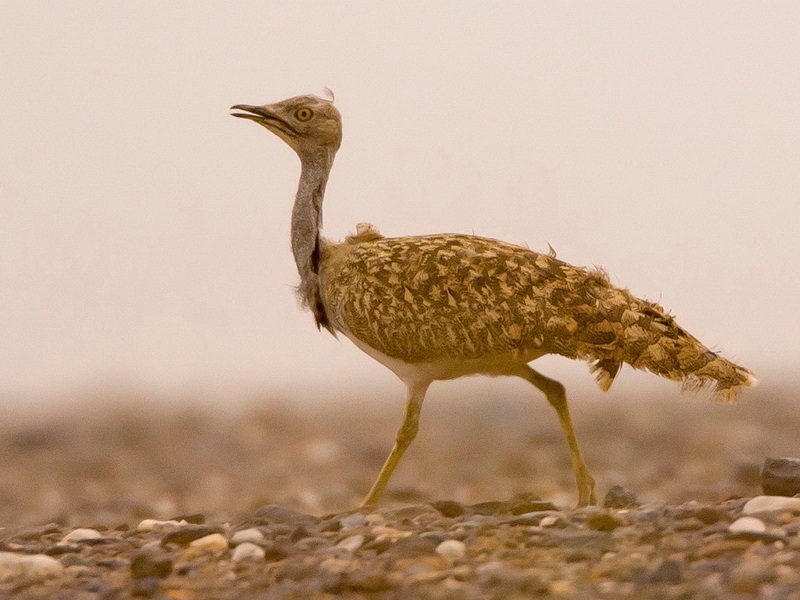
Being close to the frican continent many species normally seen on the mainland are also present such as Houbara Bustard. Among the mouth watering bird species unique to the islands, the two endemic laurel pigeons, Bolle’s Pigeon Columba bolli and Laurel Pigeon Columba junoniae, the Blue Chaffinch Fringilla teydea and the Tenerife Kinglet Regulus teneriffae are best seen during a visit to Tenerife. A day trip to the Las Lajas picnic site is probably the best place to see the Blue Chaffinch as well as the distinctive local race of the Great Spotted Woodpecker.
La Gomera is also more than worth a day trip if you are on Tenerife. The ferry trip itself is a good experience in itself, with Petrels and Shearwaters often in evidence along with Dolphins and Pilot Whales. La Gomera boasts large populations of the two laurel pigeons, plus the Kinglet and local race of the Sparrowhawk.
A trip to Fuerteventura is essential as it is the only place in the world that the Canary Island Chat is found (a separate subspecies on the islets of Allegranza and Montaña Clara to the north of Lanzarote is now unfortunately extinct). Other interesting species best seen on Fuerteventura include the Egyptian Vulture, Barbary Partridge, Cream-Coloured Courser, Lesser Short-toed Lark, Spectacled Warbler, Common Raven, Southern Grey Shrike and Trumpeter Finch. A good tip for birding in the Canaries is to head for fresh water, as birds tend to congregate around it, especially on the very dry Eastern islands.
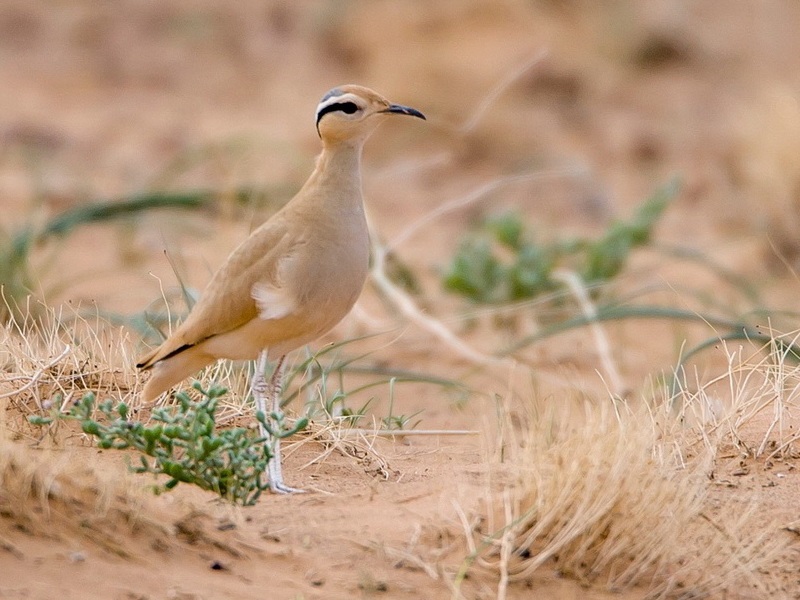
Gran Canaria, perhaps the most interesting island from an overall ecological point of view, does not boast any endemics of its own but it is a good place for the endemic Berthelot’s Pipit, Canary and the ever-present Canary Island Chiffchaff. Its most spectacular inhabitant is the Gran Canary Lizard, actually the largest of the 6 endemic Gallotia lizards on the islands. It is exceptionally common almost everywhere and is particularly fond of tomatoes. The endemic skink is also well worth watching out for, especially in the south of Gran Canaria where it sports a bright, electric-blue tail.
Lanzarote and the Chinijo Archipelago to its North are the place to go for the Eleonora’s Falcon, and Barbary Falcon, as well as recent colonisers such as Cattle Egret and Little Egret. It is also the island to dream of rediscovering the extinct Black Oystercatcher.

La Palma is the only island in the archipelago where the Red-billed Chough breeds and also hosts its own endemic subspecies of Common Chaffinch and Blue Tit. El Hierro also has an endemic subspecies of Common Chaffinch and Blue Tit.
All the islands boast an impressive range of migrants and stragglers, with shorebirds, African and European species predominant on the Eastern islands and American stragglers making it to the Western ones. A growing number of exotics, including seven parrot species now breed on the islands, along with Common Myna, Common and Orange-cheeked Waxbills and Sacred Ibis. Recent colonisers and accidental breeders include the House Sparrow, Eurasian Tree Sparrow, Black Winged Stilt, Little Bittern and Barn Swallow.
Lanzerote
Lanzarote is a Spanish island, the easternmost of the autonomous Canary Islands in the Atlantic Ocean, approximately 125 km (78 mi) off the coast of Africa and 1,000 km (621 mi) from the Iberian Peninsula. Covering 845.94 square kilometres (327 square miles), it is the fourth largest of the islands in the archipelago. With 141,938 inhabitants, Lanzarote is the third most populous after Tenerife and Gran Canaria. In the centre-west of the island is the Timanfaya National Park, which is one of the main attractions of Lanzarote. Its capital is Arrecife.
It is located 11 kilometres (7 miles) north-east of Fuerteventura and just over 1 km (0.62 mi) from Graciosa. The dimensions of the island are 60 km (37 mi) from north to south and 25 km (16 mi) from west to east. Lanzarote has 213 kilometres (132 miles) of coastline, of which 10 kilometres (6 miles) are sand, 16.5 kilometres (10 miles) are beach, and the remainder is rocky.
Its landscape includes the mountain ranges of Famara (2,201 ft) in the north and Ajaches to the south. South of the Famara massif is the El Jable desert which separates Famara and Montañas del Fuego. The highest peak is Peñas del Chache rising to 2,198 ft above sea level. The ‘Tunnel of Atlantis’, the largest underwater volcanic tunnel in the world, is part of the Cueva de los Verdes lava tube.

Lanzarote has a subtropical-desert climate. The little precipitation is mainly concentrated in the winter. Rainfall during summer is a rare phenomenon (there has never been any recorded rainfall in July), and several summers are totally dry without any precipitation.
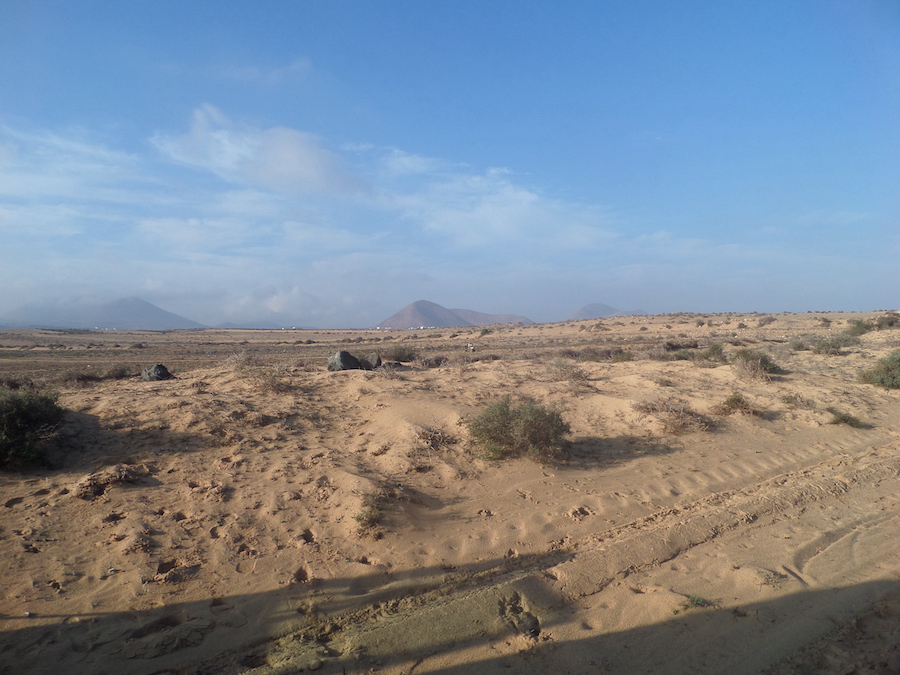
It is the easternmost island of the Canary Islands and has a volcanic origin. It was born through fiery eruptions and has solidified lava streams as well as extravagant rock formations. The island emerged about 15 million years ago as product of the Canary hotspot. The island, along with others, emerged after the break-up of the African and the American continental plates. The greatest recorded eruptions occurred between 1730 and 1736 in the area now designated Timanfaya National Park.
Lanzarote and the Chinijo Archipelago to its North are the place to go for the Eleonora’s Falcon, and Barbary Falcon, as well as recent colonisers such as Cattle Egret and Little Egret. It is also the island to dream of rediscovering the extinct Black Oystercatcher. The biggest draw for many birders is the Houbara Bustard.
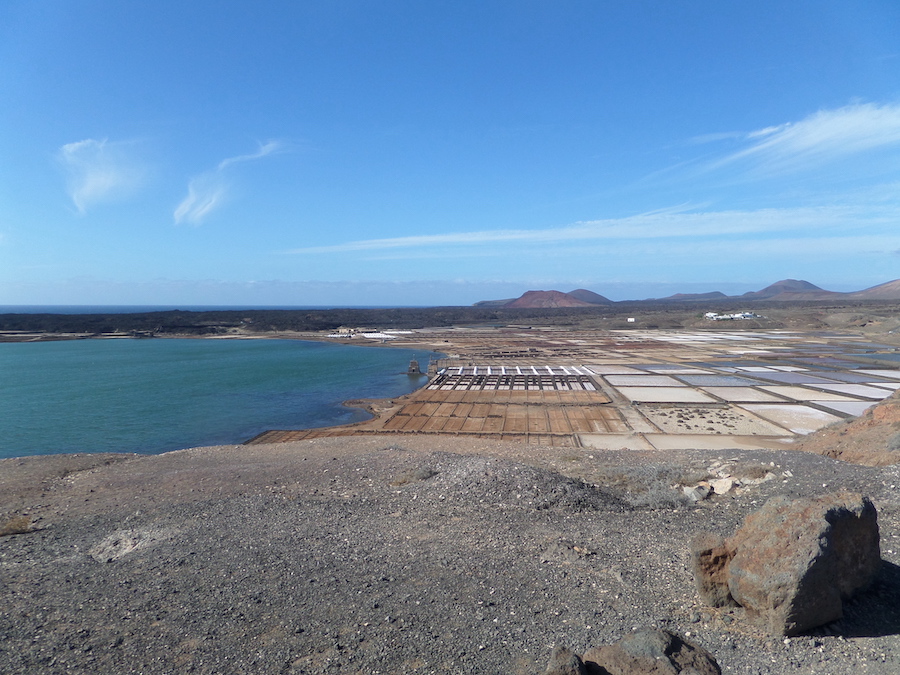
Apart from bats and other mammals which accompanied humans to the island (including the dromedary which was used for agriculture and is now a tourist attraction), there are few vertebrate species on Lanzarote. These include birds (such as falcons), and reptiles. Some interesting endemic animals are the Gallotia lizards, and the blind Munidopsis polymorpha crabs found in the Jameos del Agua lagoon, which was formed by a volcanic eruption. The island is also home to one of two surviving populations of the threatened Canarian Egyptian vulture.
All the islands boast an impressive range of migrants and stragglers, with shorebirds, African and European species predominant on the Eastern islands and American stragglers making it to the Western ones. A growing number of exotics, including seven parrot species now breed on the islands, along with Common Myna, Common and Orange-cheeked Waxbills and Sacred Ibis. Recent colonisers and accidental breeders include the House Sparrow, Eurasian Tree Sparrow, Black Winged Stilt, Little Bittern and Barn Swallow.
Text Source: Fatbirder
Map Source: Googlemaps™
Photo Source: ©Birding Ecotours

